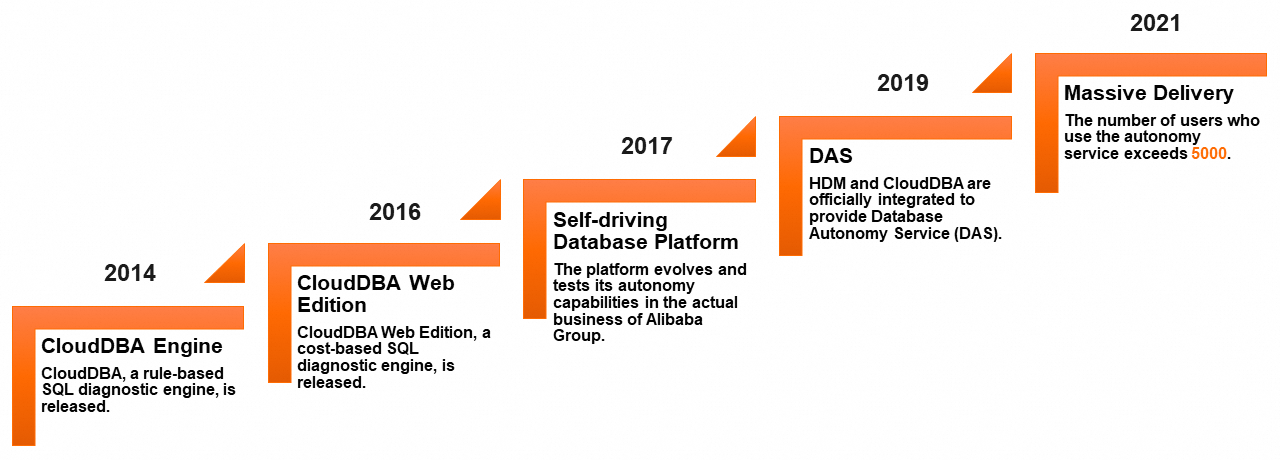Database Autonomy Service (DAS) is a cloud service that automates perception, healing, optimization, O&M, and security for databases based on machine learning and expert experience. DAS simplifies database management and prevents service failures that may be caused by manual operations. This ensures the stability, security, and efficiency of your database service.
Video tutorial
Challenges in database O&M and management
Frequent database failures during fast business iteration
A large number of slow SQL queries are generated during the rollout of business.
The capacity of databases does not meet the business requirements during promotions.
Schemas or indexes are improperly designed.
SQL statements or tables are published to an online environment before they are reviewed.
Difficulties in troubleshooting and performance optimization
Database troubleshooting and performance optimization are long-standing challenges in the database field. Skilled database administrators (DBAs) may still take an extended period of time to troubleshoot an error and then fail to identify root causes. These challenges occur due to the following reasons:
Useful data cannot be easily obtained. You can diagnose issues and optimize performance only based on a large amount of system data or historical data. DBAs can deliver effective solutions only when complete data is available.
Effective solutions cannot be easily found. Only DBAs who have years of experience can find effective solutions. DBAs must also be familiar with various troubleshooting scenarios. Experience cannot be easily obtained from teaching, business scenarios are quickly iterated, and the experience that applies to others may not apply to your scenarios.
Databases cannot be easily optimized. After DBAs work out a solution to an issue, they may find that the solution cannot be easily implemented. For example, if DBAs need to tune a database engine, they may take an extended period of time to optimize code.
High O&M costs
Cloud technologies allow enterprises to use different types of databases based on business types or deploy databases in different environments. This brings the following challenges to database O&M:
DBAs who are proficient in various types of databases are scarce.
DBAs must develop advanced skills to manage various types of databases across environments.
Experience in database O&M cannot be easily obtained and taught.
High-security risks
When data value increases, enterprises face internal and external security risks. The following security issues are prone to occur:
Unauthorized access to databases and unpredictable or inappropriate use of databases
Data breaches
Data corruption
Hacker attacks
Data exceptions that are caused by software or hardware bugs
Data loss that is caused by misoperations
Solutions
DAS ensures stable, secure, and efficient database services by automating perception, healing, optimization, O&M, and security.
Solution evolution
